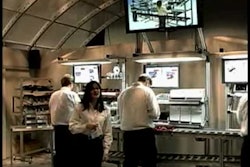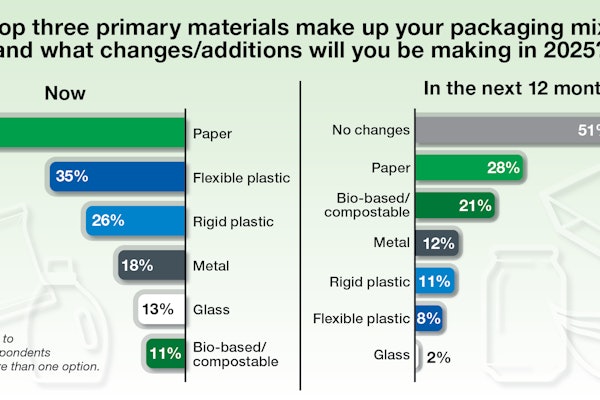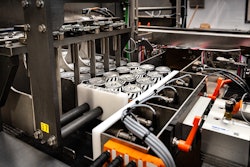Dave Wilke, Master Black Belt in Six Sigma, is manufacturing systems manager at Chicago-based Rexam PLC. Rexam is a manufacturer of beverage cans. Wilke got the job of implementing Six Sigma and quickly realized the need for manufacturing data to improve performance. He used a real-time shop floor reporting system from Accumence, a Chicago supplier of performance management solutions. He also tapped into the maintenance database housed in the company's enterprise application from SAP AG, Walldorf, Germany, and systems from quality.
"We had a pretty good feel for the quality of the information and wound up with more than enough data to force improvements," says Wilke. "Data input into the system was pretty much automated, mostly from the programmable logic controllers, sensors, in fact, all the infrastructure. We also studied where sensors were needed and what we needed to measure, and solicited input from the process engineers. Setting up the system took a lot of work from operations and IT (information technology) groups. We now can see and utilize data. Since the database is housed on corporate servers, everyone can see and utilize as needed. We have 15 can plants and all use the same type of systems. We can benchmark based on plant configurations and conditions and isolate which one performed. We look at the performance conditions and apply elsewhere.
In fact, Wilke says, this is all the data and analyses that a Black Belt drools over. "We work with the biggest issues, now," Wilke adds. But one of the biggest challenges in getting to this point involved disparate systems. Part of the work relies on data in the SAP system and in the quality system from Lighthouse, a supplier from the United Kingdom, in addition to the operations data from Accumence. The biggest problem Wilke's team found in this situation was in naming conventions. "Standardized names would have helped," he allows.
Implementation teams were sent in to the first plant. They established databases, then pulled in "super users." They were asked questions along the line of, "If I could have X, what would it be?" They went to live data, debugged, implemented the software and let the trial develop over a few months. People from the other plants came in for a look, and then they rolled out the application broadly. During the trial, for example, maintenance looked and recommended more documentation for unique pieces of equipment and tasks, and for consistent names so that they could look at all the plants; this would enable them to find the best practices in various plants and implement them generally.
Wilke summarizes the benefits of the system beginning with, "We are far more aware of our issues than ever. As a result, we can stop the bleeding more quickly if something in the system says 'Hey, look at this.' We once thought if we entered data, the job was done. Now we're moving to data analysis. We like the Accumence system, not just for real-time information, but also for trends and data mining."


























